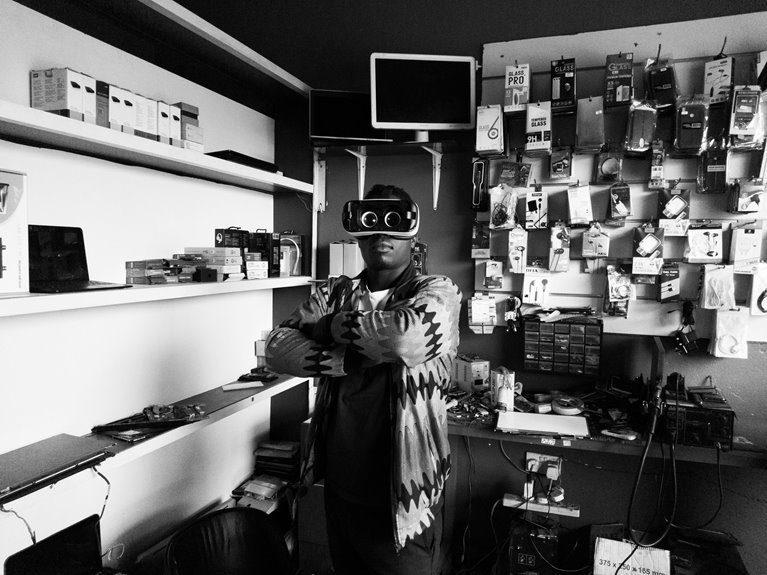How Augmented Reality Is Revolutionizing the Retail Experience
Augmented reality (AR) is fundamentally altering the retail landscape. It integrates digital elements into physical spaces, enabling customers to interact with products in novel ways. This technology enhances customer engagement by providing real-time visualizations, which can significantly influence purchasing behavior. As retailers increasingly adopt AR, questions arise about its long-term impact on consumer loyalty and the evolution of shopping experiences. What developments might emerge as this technology continues to evolve?
The Rise of Augmented Reality in Retail
As retailers seek innovative ways to enhance customer engagement, the adoption of augmented reality (AR) has emerged as a transformative trend in the industry.
AR technology alters consumer behavior by creating immersive shopping experiences that blend the physical and digital realms.
This shift not only captivates customers but also influences purchasing decisions, as AR offers unique product interactions, fostering deeper connections with brands.
Enhancing Customer Engagement Through AR
Augmented reality (AR) has the potential to significantly enhance customer engagement by transforming traditional shopping interactions into dynamic, personalized experiences.
By offering interactive experiences, retailers can foster deeper connections with customers, allowing them to engage with products in innovative ways.
Personalized marketing strategies further amplify this effect, tailoring content and promotions to individual preferences, ultimately driving loyalty and satisfaction within an increasingly competitive retail landscape.
Virtual Try-Ons: Bridging the Gap Between Online and In-Store Shopping
While the rise of e-commerce has transformed shopping habits, virtual try-ons serve as a crucial innovation that effectively bridges the gap between online and in-store experiences.
By offering virtual fittings, retailers create immersive experiences that empower customers to visualize products in a personalized manner.
This technology not only enhances consumer confidence but also fosters a seamless transition between digital and physical shopping environments.
Future Trends: What to Expect From AR in Retail
How might augmented reality evolve in the retail sector over the next few years?
Future trends indicate a shift towards increasingly personalized shopping experiences, where AR technology crafts tailored interactions based on consumer behavior and preferences.
Retailers are expected to invest in immersive experiences that blend physical and digital realms, enhancing customer engagement and fostering loyalty through innovative, captivating environments that redefine traditional shopping paradigms.
Conclusion
As augmented reality serves as a bridge between the physical and digital realms, it transforms the retail landscape into a vibrant tapestry of interaction and engagement. This technology acts as a mirror, reflecting consumers’ desires while enhancing their shopping journeys. With AR’s continuous evolution, retailers are not merely adapting; they are painting a new canvas of possibilities, where personalized experiences flourish and customer loyalty blossoms, ultimately redefining the essence of retail in an increasingly digital world.






